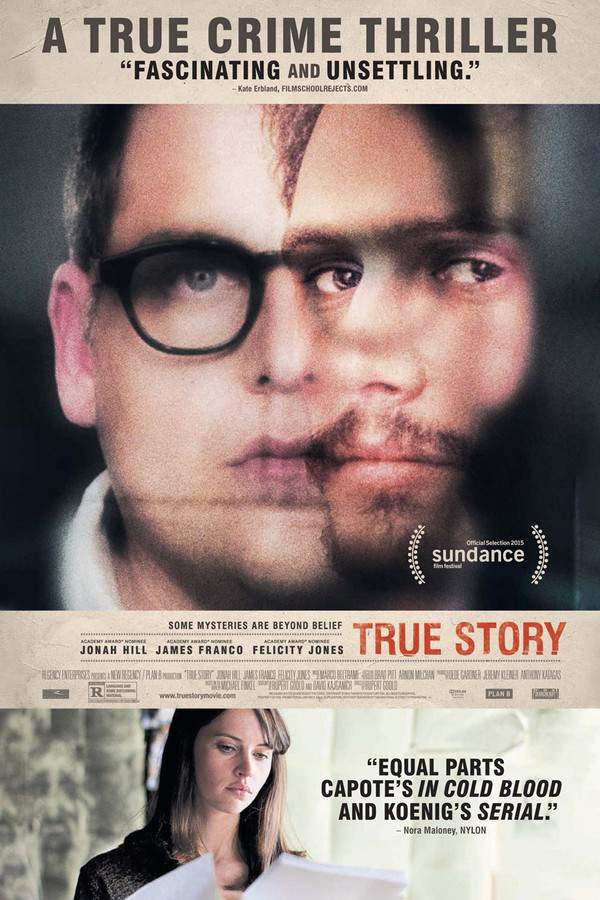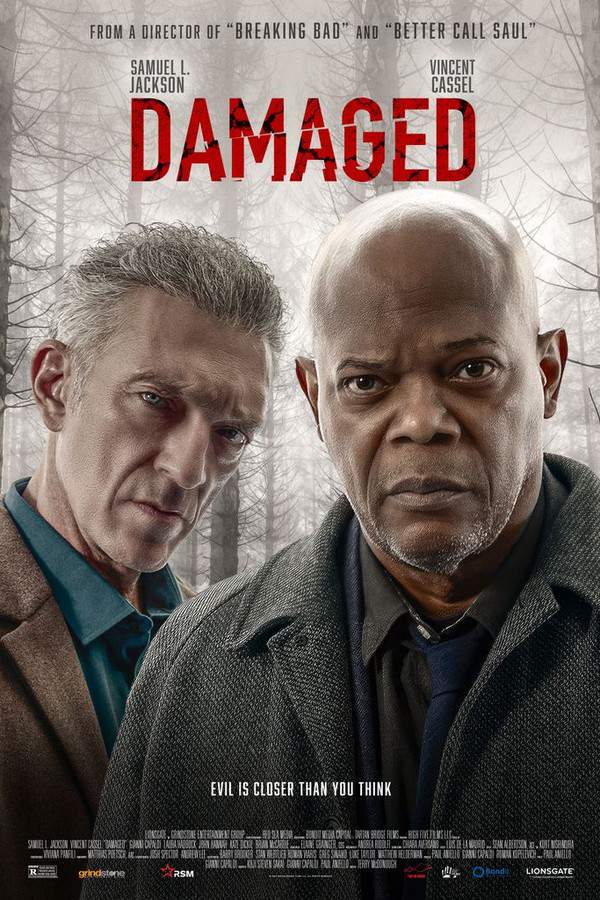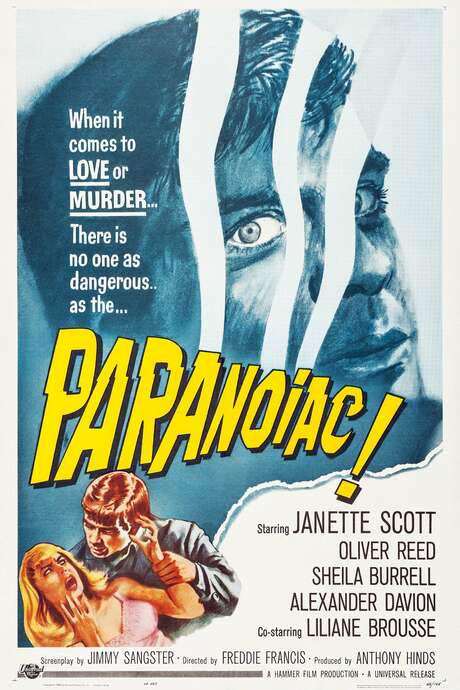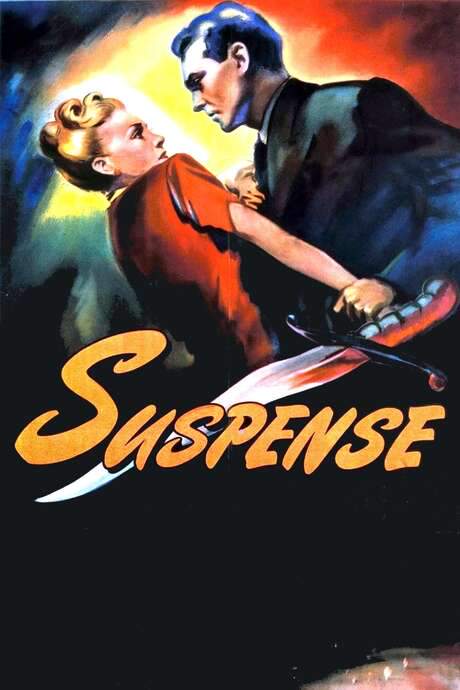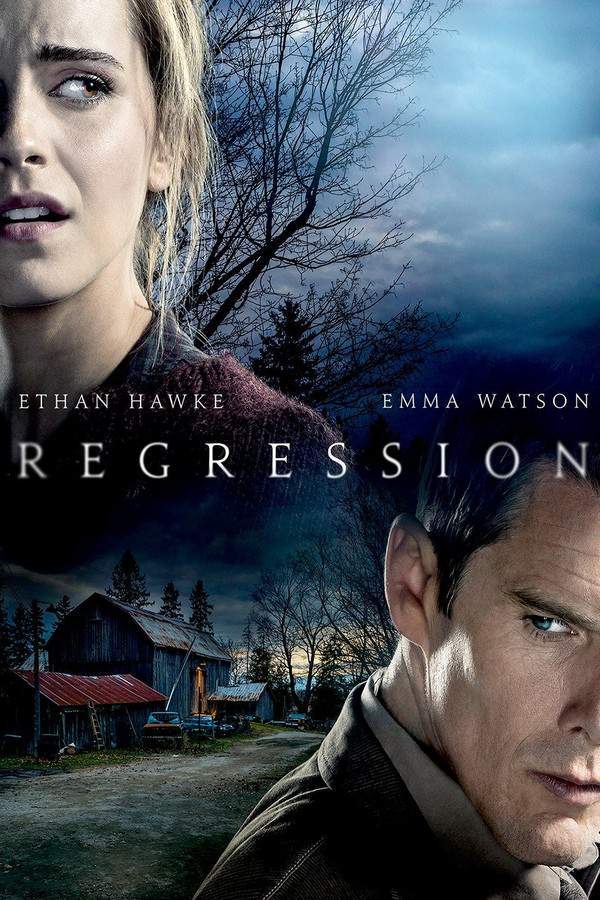
Regression
Year: 2016
Runtime: 106 min
Language: English
Director: Alejandro Amenábar
In 1990s Minnesota, Detective Bruce Kenner investigates the troubling allegations of a young girl accusing her father of a terrible crime. Following an unexpected confession by John Gray, a respected psychologist is brought in to examine the case. As the psychologist digs deeper, a disturbing truth emerges, suggesting a widespread and unsettling pattern. The investigation leads to a shocking national secret, challenging perceptions of memory and reality and revealing hidden horrors.
Warning: spoilers below!
Haven’t seen Regression yet? This summary contains major spoilers. Bookmark the page, watch the movie, and come back for the full breakdown. If you're ready, scroll on and relive the story!
Regression (2016) – Ending Explained & Final Scene Breakdown
Still thinking about how Regression (2016) ended? Here’s a full breakdown of the ending, key final moments, major twists, and the deeper meaning behind the film’s conclusion.
The ending of Regression reveals a dark and complex web of manipulation and misdirection. Angela, who initially appears to be a victim, turns out to have orchestrated her own story of abuse to seek revenge against her father, John, who she resents for his alcoholism. Her motivations are rooted in her desire to escape her troubled teenage life, and she cleverly manipulates those around her—planting false memories and influencing the investigation. This manipulation even extends to Detective Kenner, who becomes entangled in her web of lies, partly through her kiss, which was actually a ploy to blackmail him and ensure his silence. Meanwhile, Angela’s father, John, despite being accused and tortured by the allegations, chooses to plead guilty and take responsibility for crimes he did not commit. His decision reflects his growth and willingness to atone, even through wrongful imprisonment. The film also explores the fragility of perception and the power of hysteria, exemplified by Kenner’s nightmares that reveal how easily ideas can be implanted through suggestion. The overall message critiques the hysteria of Satanic panic and regression therapy, illustrating how easily people can be led astray by disturbing stories and collective fear. The film ultimately leaves viewers questioning what is real and emphasizes that stories, especially the gruesome and salacious ones, are often accepted more readily than the truth. The ending underscores the idea that manipulation, falsehoods, and hysteria can cause even the most tragic and disturbing situations to be accepted as fact, revealing a disturbing truth about human psychology and societal hysteria.
Last Updated: June 25, 2025 at 08:44
Explore Movie Threads
Discover curated groups of movies connected by mood, themes, and story style. Browse collections built around emotion, atmosphere, and narrative focus to easily find films that match what you feel like watching right now.
Movies about unreliable memory and fractured truth like Regression
Stories where reality is questioned and memory becomes the main antagonist.If you liked Regression's exploration of false memories and psychological manipulation, you'll find more unsettling thrillers here. These movies question reality, feature unreliable narrators, and delve into the dark side of the human psyche, creating a watching experience full of doubt and suspense.
Narrative Summary
Narratives in this thread typically center on a protagonist attempting to solve a mystery or understand a traumatic event, only to discover that their own memories or the accounts of others cannot be trusted. The plot often involves a gradual unraveling of a presumed truth, replaced by a more complex and disturbing reality.
Why These Movies?
These movies are grouped together because they share a core thematic focus on the unreliability of memory and perception. They create a similar viewing experience defined by psychological tension, a constant questioning of facts, and a climax that recontextualizes the entire story.
Slow-burn investigative thrillers with dark secrets like Regression
Methodical investigations that uncover societal horrors and systemic deception.Fans of Regression's steady build-up and its revelation of a national secret will appreciate these movies. They feature similar patterns of a methodical investigation leading to shocking truths about society, authority, or hidden networks, all delivered with a heavy, tense atmosphere.
Narrative Summary
The narrative follows a procedural structure, but the focus is on the psychological toll of the investigation. The protagonist faces increasing resistance and gaslighting as they get closer to the truth, culminating in a bittersweet or bleak revelation where the problem is systemic and cannot be easily solved.
Why These Movies?
These films are connected by their shared mood of pervasive dread built through a steady pace, a central investigation that reveals a horrifying truth, and a tone that is consistently dark and heavy. The experience is one of sinking deeper into a rabbit hole of paranoia.
Unlock the Full Story of Regression
Don't stop at just watching — explore Regression in full detail. From the complete plot summary and scene-by-scene timeline to character breakdowns, thematic analysis, and a deep dive into the ending — every page helps you truly understand what Regression is all about. Plus, discover what's next after the movie.
Regression Summary
Read a complete plot summary of Regression, including all key story points, character arcs, and turning points. This in-depth recap is ideal for understanding the narrative structure or reviewing what happened in the movie.

Regression Timeline
Track the full timeline of Regression with every major event arranged chronologically. Perfect for decoding non-linear storytelling, flashbacks, or parallel narratives with a clear scene-by-scene breakdown.

Characters, Settings & Themes in Regression
Discover the characters, locations, and core themes that shape Regression. Get insights into symbolic elements, setting significance, and deeper narrative meaning — ideal for thematic analysis and movie breakdowns.

Regression Spoiler-Free Summary
Get a quick, spoiler-free overview of Regression that covers the main plot points and key details without revealing any major twists or spoilers. Perfect for those who want to know what to expect before diving in.

More About Regression
Visit What's After the Movie to explore more about Regression: box office results, cast and crew info, production details, post-credit scenes, and external links — all in one place for movie fans and researchers.



